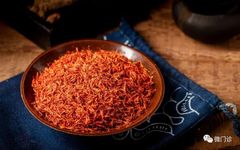How to Diagnose Disease Nature, Location, Severity, and Trend through Pulse Diagnosis?
Pulse diagnosis is primarily used for disease diagnosis. It is one of the four diagnostic methods and serves as an important basis for diagnosing diseases, assessing disease progression, and prognosis, which has always been valued by practitioners. Some may ask, since ancient times, the four diagnostic methods have been arranged according to their diagnostic value … Read more








